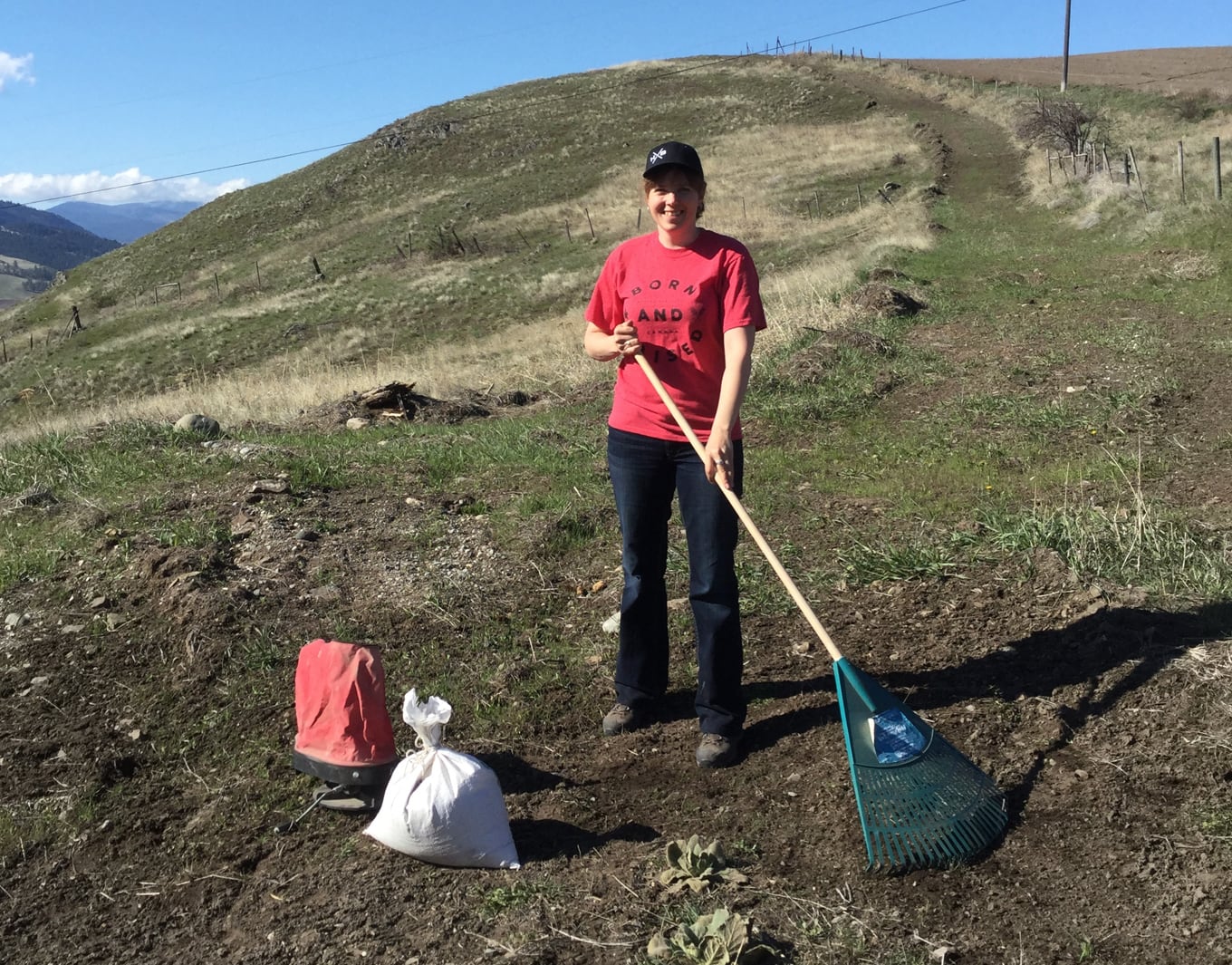Start thinking about seeding
It’s great to see things starting to green up. Now is a good time to start thinking about seeding. Competition from grass can keep many weeds from taking over and is very important for long term invasive plant management. What you seed depends on the conditions and use of the site.
The best results are found when you prepare your soil. It is a good idea to remove dead grass and debris from the area you plan to seed. Depending on the size of the area you are seeding you should roughen the area with a rake or disc to loosen the soil up. You could also put 3-5cm of top soil, fertilizer, or compost on the area. Grass seed should be covered by no more than 7mm of soil. If you bury it too deep it will have a hard time establishing. If you are over seeding onto an existing grass stand, broadcast the seed and harrow or rake the area.
The next step is to ensure that your newly planted seeds get enough water. If you can’t water it try to time your seeding around the weather and hope it rains. Ideally you should keep it moist for a couple of weeks. You should try to keep the area undisturbed by keeping people and animals off the area so the seed has time to establish. Keep grazing animals off newly seeded pastures for a couple months until the grass has enough root system to prevent it being pulled up when grazed.
For more information on types of seed and what to plant you can get in touch with your local seed store or farm supply. The choice of grass will depend on whether it is irrigated or not and the land use (pasture, field, roadside, grassland, lawn etc.). Native grasses are great but can take a bit more work to establish so be prepared for the extra time. Flowers are important to the ecosystem but do not plant wild flower seed mixes. Most contain at least one type of invasive plant. Single species flower packets are less likely to contain invasive plants.
For more information contact the Boundary Invasive Species Society info@boundaryinvasives.com, www.boundaryinvasives.com, on Facebook and 250-446-2232.
Jen Haynes is the Education Coordinator for the Boundary Invasive Species Society.






















